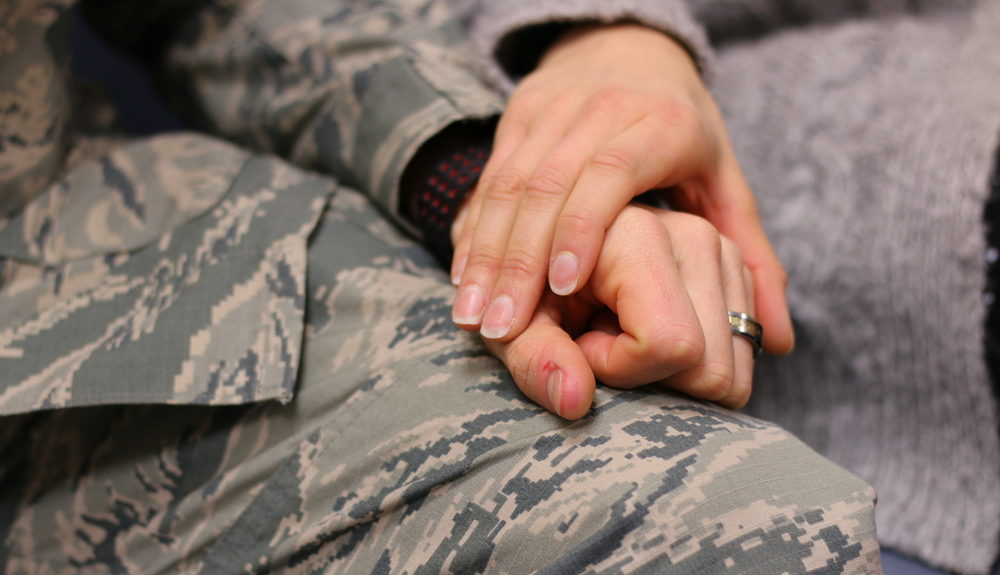For direct online access to VA benefits and resources, create an account here.
To find out if your PTSD symptoms qualifies you for disability benefits, click here.
PTSD, or post-traumatic stress disorder, can affect someone if they’ve been through a trauma — an event where you think your life or someone else’s is in serious danger. While it can actually affect anyone, military veterans who experience combat are often associated with PTSD, and for good reason. According to the Department of Veterans Affairs (VA), 11 to 20 out of every 100 Iraq War vets and 12 out of every 100 Gulf War vets have PTSD in a given year. It’s also estimated that 15 out of every 100 Vietnam vets suffer from it in their lifetimes.
What Are the Symptoms?
While each person experiences symptoms in a different way, these are the four types.
Reliving the event. They can come in the form of unwelcome thoughts about he trauma, flashbacks and nightmares. While they may have a trigger — a car backfiring for example, or fireworks — they don’t have to.
Avoiding things that remind you of the event. It’s common for veterans suffering from the disorder to avoid crowded places, because it feels dangerous and harbors anxiety. It’s also common to try and stay busy all the time, in an attempt to avoid unwelcome thoughts.
Having more negative thoughts and feelings than before. Feeling more negative than usual, or losing interest in things that used to make you happy can happen. Guilt and shame, too, as some afflicted with PTSD wish or believe they could’ve done more to keep the trauma from happening.
Feeling on edge. Not being able to relax, the jitters — something called “hyperarousal” — is often reported. Sleeping or concentrating may seem impossible, you may startle easily, be more irritable and even self-medicate. Like smoke, or abuse drugs and alcohol.
How Can a Veteran Get Treated for PTSD?
If you’re in crisis, there are immediate options.
Call the Crisis Line at 800-273-8255.
Get private support online with the confidential Veterans Chat.
Text 838255.
Call 911.
Go to the nearest emergency room.
Overall, the VA has over 200 treatment programs for the disorder, including Cognitive Processing Therapy (CPT), talk therapy, medication, group therapy, family therapy, in-patient care, over the phone counsel, and more.
How Can You Access VA Services for PTSD?
You must first apply for VA health care, if you haven’t already. To do so, click here.
Once you’ve done that, you can access a VA primary care provider. They’ll start you on your journey of finding the best treatment solutions.
Are There Other Resources and Treatment Options?
Yes. Click here for a directory of them.




































